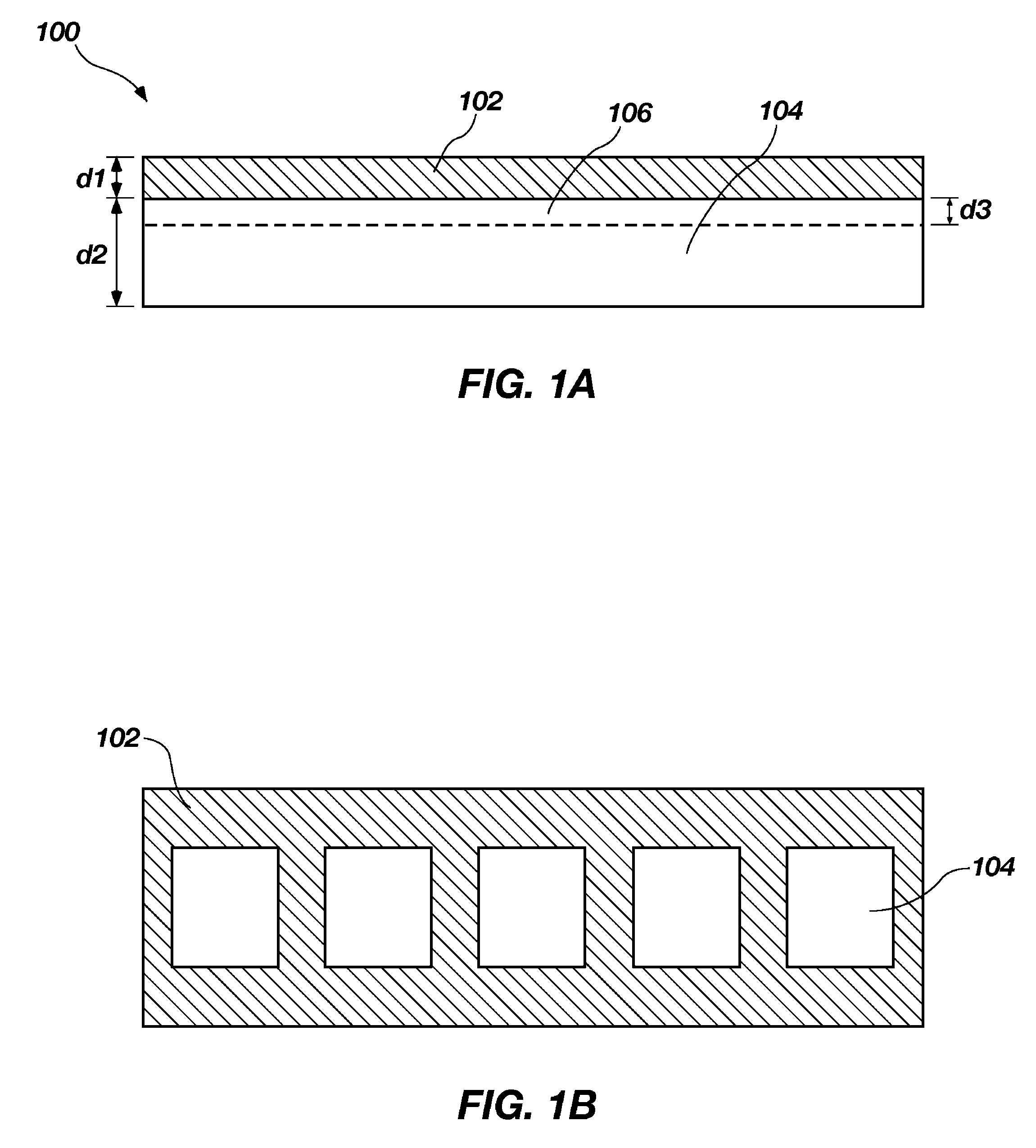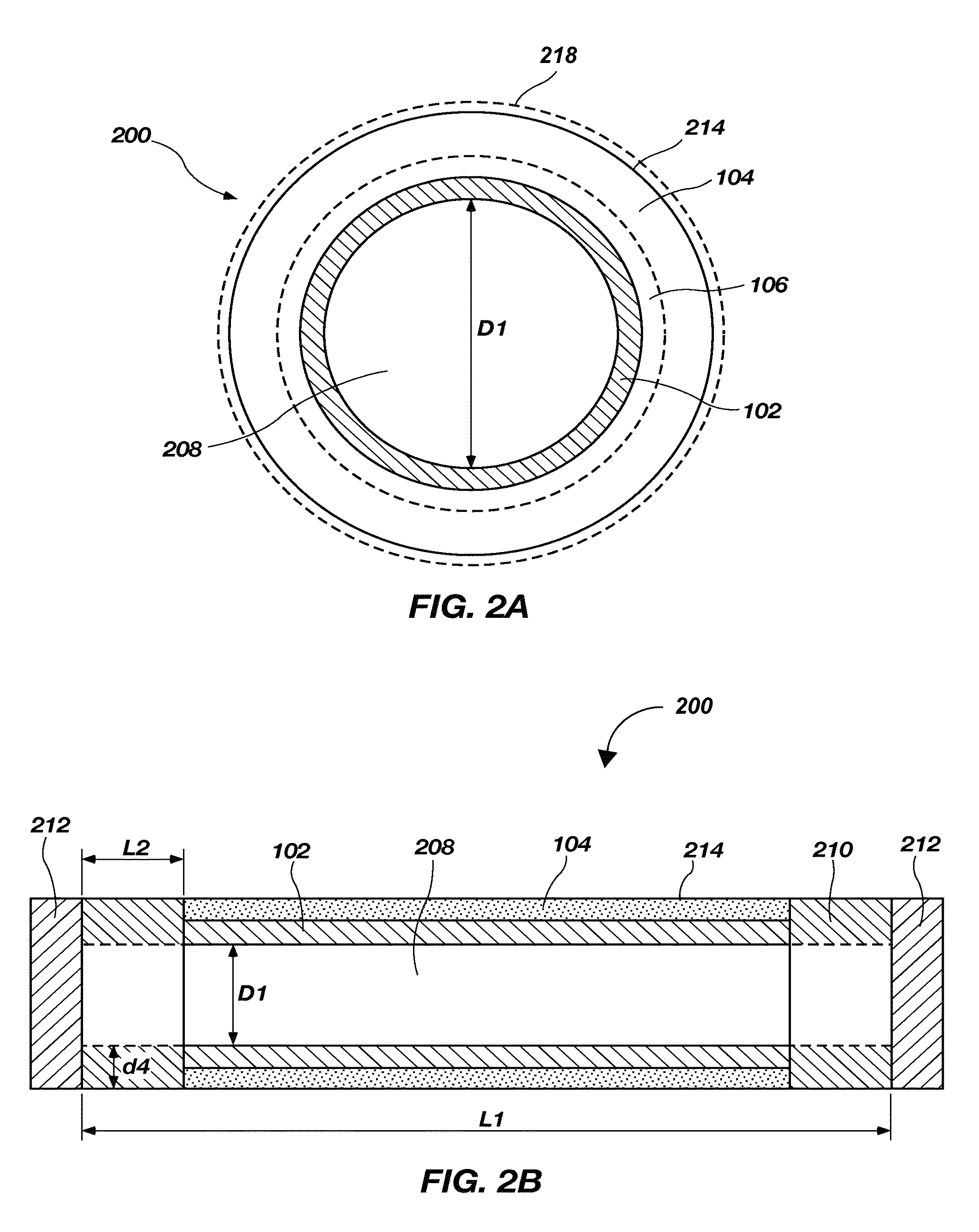Cladding material, tube including such cladding material and methods of forming the same
a technology of cladding material and cladding tube, which is applied in the direction of nuclear engineering, nuclear elements, pipes, etc., can solve the problems of corrosion of fuel cladding tube formed from zirconium-based alloys in the life-limiting use of fuel cladding tubes currently available, and achieve the effect of reducing operation costs and increasing safety
- Summary
- Abstract
- Description
- Claims
- Application Information
AI Technical Summary
Benefits of technology
Problems solved by technology
Method used
Image
Examples
Embodiment Construction
[0019]Embodiments of the present disclosure related to a cladding material that may be used in a containment vessel, such as a fuel tube, for nuclear fuel (i.e., fissile material), used in a nuclear power plant or other reactor or used in an industrial process. The cladding material may have a multi-layered structure including a metallic material that includes a zirconium alloy and a ceramic matrix composite (CMC) layer that includes continuous silicon carbide fibers and a matrix comprising a silicon carbide ceramic. The cladding material may be used to form a multi-layered tube that includes the metallic material as an inner liner and the ceramic matrix composite as an outer support. The multi-layered tube may be used, for example, as a fuel cladding tube for a nuclear reactor, a chemical processing heat exchanger, a steam generator, a gas phase cooling system, a radiator or a combustion chamber liner. The multi-layered tube may further include an outer metallic liner that may, opt...
PUM
| Property | Measurement | Unit |
|---|---|---|
| thickness | aaaaa | aaaaa |
| thickness d1 | aaaaa | aaaaa |
| thickness d1 | aaaaa | aaaaa |
Abstract
Description
Claims
Application Information
 Login to View More
Login to View More - R&D
- Intellectual Property
- Life Sciences
- Materials
- Tech Scout
- Unparalleled Data Quality
- Higher Quality Content
- 60% Fewer Hallucinations
Browse by: Latest US Patents, China's latest patents, Technical Efficacy Thesaurus, Application Domain, Technology Topic, Popular Technical Reports.
© 2025 PatSnap. All rights reserved.Legal|Privacy policy|Modern Slavery Act Transparency Statement|Sitemap|About US| Contact US: help@patsnap.com



